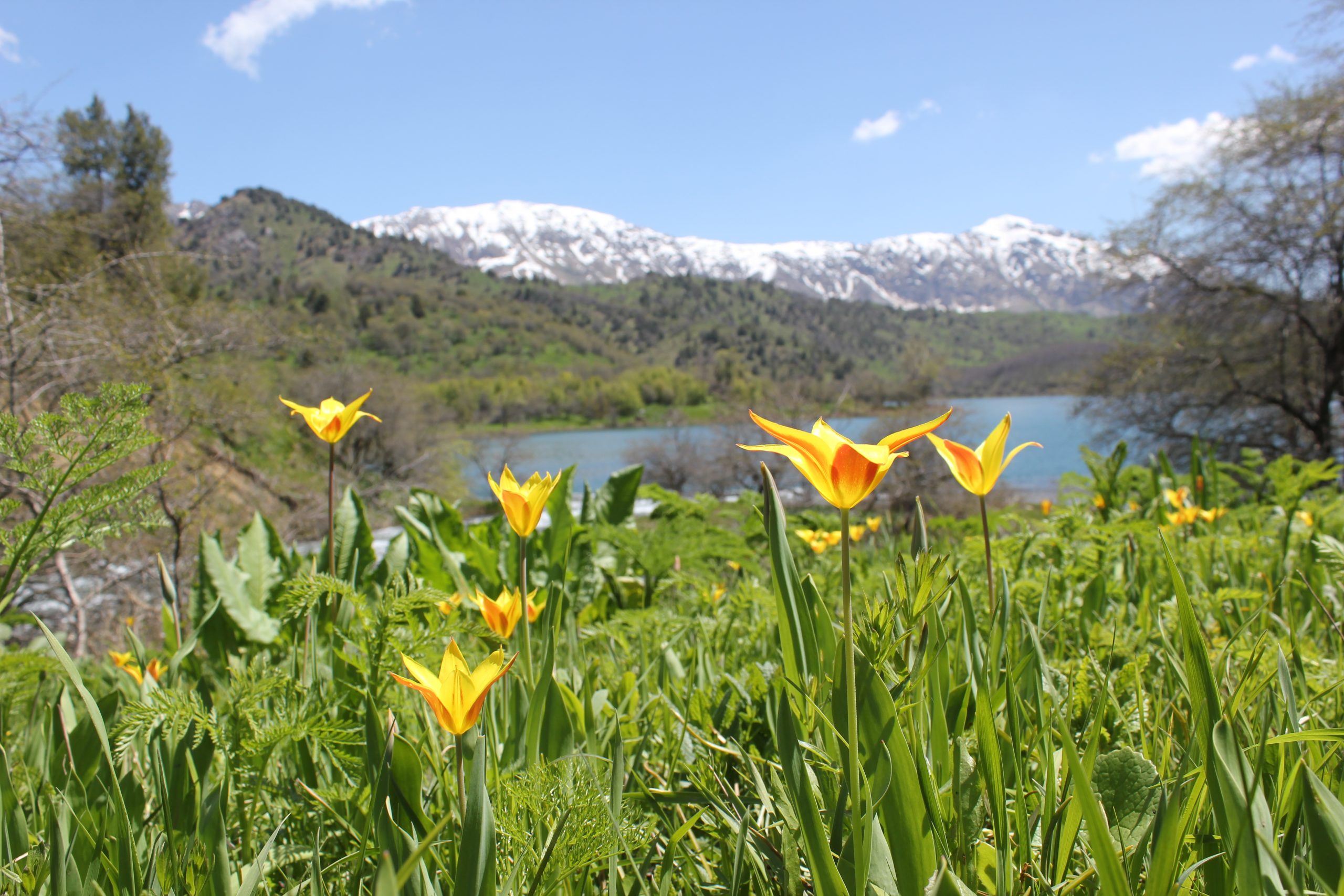Around 50% of Central Asian tulips are threatened with extinction
-
Region
Asia -
Programme
BGCI -
Workstream
Saving Plants -
Topic
Year in review 2022 -
Type
News -
Source
BGCI Member
The updated Red List now contains Central Asian tulip species, with these reports showing around 50% of these wild flowers are threatened.
News published: 16 December 2022
The IUCN (the International Union for Conservation) Red List is a crucial resource for conservation. It is the go to for understanding which species are threatened and hence is used heavily in policy making by governmental agencies. It also provides an important database for wildlife departments, NGOs, natural resource planners, educational organisations, students, and the business community. Broadly aiding understanding of the plight of biodiversity and how best to protect it, the Red List was established in 1964 and is now updated twice a year. Reports come from all over the world and from every kingdom of life. There are currently around 147,500 species on the Red List with 41,000 species recognised as threatened.
Tulips were poorly represented on the Red List before the most recent update; only six wild tulip species of the ~96 species recognized today having been assessed. These assessed species grow far from the tulip diversity hotspot of Central Asia. We estimate around 63 species occur across Central Asia making it the most important region for tulip diversity globally. National assessments of tulip diversity in this region suggest many species are declining, but no large-scale assessment of these flowers’ extinction risk had been carried out.

In our project, we have been reorganising the taxonomy, recording population locations, understanding threats to species and beginning to piece together the information needed to understand which tulip species are Threatened. During the last four years we have collated information not only from published work, but also from local experts, mainly through a workshop we ran in Spring 2022. Our project has incorporated decades of people’s work, ensured the most detailed datasets possible and shared this data across an equal platform of collaborators.
Crucially, the tulip conservation project has provided a great opportunity to bring people together and make sure this information is captured and not lost. Specifically, we have worked over the last two years to prepare IUCN Red List reports for 53 species of wild tulip growing in Central Asia. On the 9th of December 2022 these reports were formally released. They encompass the first Central Asian tulips to ever be assessed and strikingly we have managed to capture 84% of all known species in the region and now around 60% of global tulip diversity is represented on the Red List.
Generally, two in every five plants are Threatened with extinction. Yet, our reports show that around 50% of Central Asia tulips are under threat and therefore this plant group is more at peril than many others. Our work highlights climate change and livestock overgrazing as the primary threats, but mining, urbanization, collection, and agriculture all impact on many species. Wild tulips are well represented in protected areas and botanic garden collections, but crucial gaps for many critically endangered and endangered species exist, which need to be tackled.
Become a Member
Be part of the largest network of botanic gardens and plant conservation experts in the world by joining BGCI today!
Conservation Action Tracker
BGCI’s Conservation Action Tracker provides information on conservation actions for tree species.